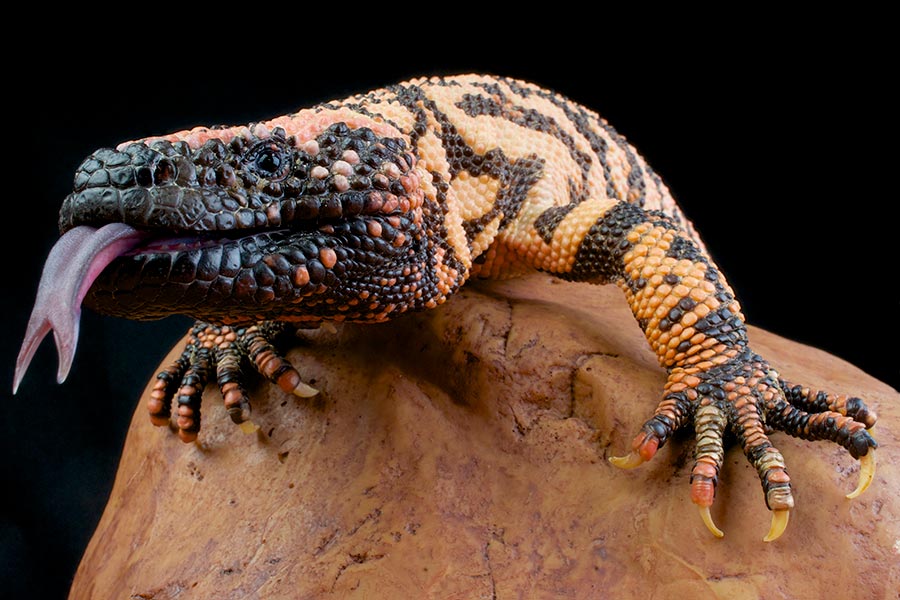≡
Burbot
Lota lota
Other common names: Ling
NatureServe conservation status
Global (G-rank): G5
State (S-rank): SNA
External links
General information
The burbot, Lota lota, is a member of the cod family that naturally occurs in fresh waters of northern North America and northern Eurasia. The species was illegally introduced in Wyoming above Flaming Gorge Reservoir, and it is now found in the reservoir.
Burbot spawn in the winter, typically under the ice. No care is given to the eggs, which hatch in approximately 30 days. The burbot prefers cold waters, where individuals are usually found near the bottom. Young burbot eat aquatic invertebrates, whereas adults prey almost exclusively on fish. Burbot can reach a length of up to two feet, and the species is considered very good to eat.
Species range
Widely distributed in both hemispheres south to about 40 degrees north latitude (south to Pennsylvania, Kentucky, Missouri, Wyoming, and Oregon).
Migration
May move long distances between spawning and nonspawning habitats (usually 1 to 25 km, but up to 120 km in the Kootenai River) (see USFWS 2003). May move from lake into stream to spawn (Scott and Crossman 1973). Basically sedentary during nonspawning season.
Habitat
Common in deep (to at least 90 m) cold waters of lakes, reservoirs, and large rivers. In summer, stays in deep cold waters but may move into shallower water at night. Life history may be confined to lakes or rivers or may migrate between lake and riverine habitats; all three patterns may occur within a single river basin. Often exhibits a post-spawning movement into tributary rivers in late winter and early spring. Spawns usually in lakes but may move into rivers to spawn. River-spawning populations prefer low-velocity areas in main channels or in side channels behind deposition bars (see USFWS 2003). Broadcasts eggs usually over sand or gravel (sometimes silt) in up to about 10 ft of water (Scott and Crossman 1973).
Food habits
Young eat mainly immature aquatic insects, crayfish, molluscs, and other deepwater invertebrates. Larger individuals feed mostly on fishes (Becker 1983, Scott and Crossman 1973).
Reproductive characteristics
Spawns mainly in winter in North America. Eggs hatch in about a month. Individuals spawn annually or in alternate years. Usually sexually mature in 3-4 years (males) or 4-5 years (females) (see USFWS 2003).
Threats or limiting factors
Localized threats may exist, but on a range-wide scale no major threats are known.
References
- Biotics Database. 2005. Utah Division of Wildlife Resources, NatureServe, and the network of Natural Heritage Programs and Conservation Data Centers.









